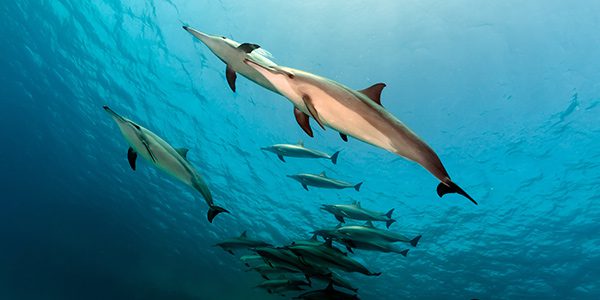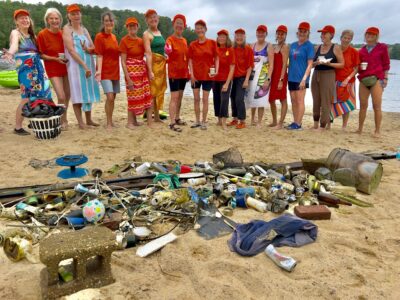Conservation is often a multifaceted process. Efforts to rescue a particular species from extinction can be met with a mixed reception. You can find many who favor the idea of saving an animal. However, some people would like to know if there is a practical reason for spending government resources on protecting a type of rhino or seabird. For those citizens, it would be important to point out the benefits these creatures bring to the overall health of a given ecosystem.
The concept of a “keystone species” is nothing new. The term was first developed in 1969 when zoologist Robert T. Paine sought out a fitting descriptor for a type of animal that provided essential ecological management through its natural, day-to-day behaviors. Much like a beaver’s dam creates a metaphorical (and literal) ripple effect that shapes the surrounding natural habitat for all creatures, a physical keystone — a wedge-shaped rock — acts as a missing puzzle piece.
A recent example of this comes from the Maldives, where researchers have discovered a curious environmental interaction between spinner dolphins and the coral reefs where they reside, paving the way for further analysis on whether they could be the key to solving the coral bleaching problem for good.
The study, conducted by a team of Zoological Society of London (ZSL) researchers, began in the Maldives and Chagos Archipelago islands as an observational study for declining reefs in the area. The team quickly caught on to a local population of an estimated 105 spinner dolphins and began tracking their movements. Along with various groups of whale-watching tourists, the team was able to compile video and audio recordings of an established daily routine for these dolphins.
No daily routine is complete without daily bowel movements, and researchers confirmed that spinner dolphins are indeed no different. Each day, it was determined that a pod of spinners, each about 6 to 7 feet in length, would on average, excrete more than 600 pounds collectively.
Like many animals, spinner dolphins excrete large quantities of nutrients, including a significant amount of nitrogen. Excess nitrogen can disrupt the natural reef cycle and begin the bleaching process on its own.
However, in areas where reefs are already lacking nitrogen and dying from the deficit — as seen in these islands — absorption of this chemical through natural means can hugely benefit a reef’s long-term survival.
“Simply by going to the toilet in the shallow atoll lagoons, these dolphins are providing a vital nutrient supply for the corals — making the strongest possible case for protecting the dolphins in order to save these reefs,” Dr. Tom B. Letessier, lead author and research fellow at the ZSL’s Institute of Zoology, told ZSL.
This study’s findings could have profound implications for insular island communities like the Maldives, where coral reefs have shown to be a bedrock upon which the entire marine ecosystem functions. When a reef dies off due to bleaching, it is generally due to outside environmental factors that make it difficult for future reefs to develop. But interactions like those between reef and dolphin could help reverse that course, according to ZSL figures.
“Coral reefs are facing profound threats around the world, including climate change and biodiversity loss, but this research has identified a clear ally for them: spinner dolphins,” Letessier said to ZSL. “This study is just the first piece in a bigger puzzle which we will explore further as part of our new regional scientific cetacean project.”





